Electronic engineers design the circuit boards that form the heart of equipment and devices and they conduct reliability assessments of such systems.
Design areas include Electrical Equipment (electrical design, production facilities, and relevant technologies), Electronic Circuits (electronic circuit design for printed circuit boards), and Electronic Devices (development of integrated circuits and individual electronic devices, and design of peripheral circuits).
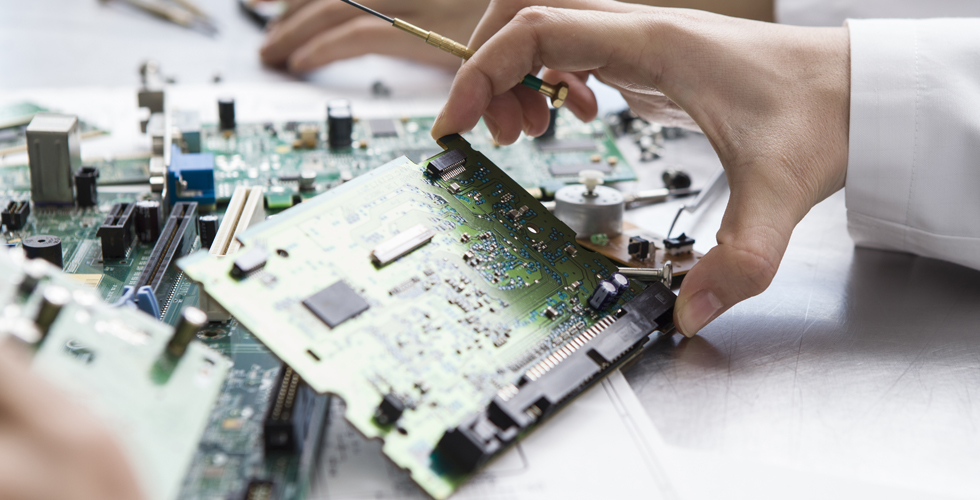
•Electrical design and evaluation of production equipment and devices, such as semiconductor manufacturing equipment
•Development and evaluation of automobiles (fuel cells, batteries, automated driving, wire harnesses, etc.)
•Electrical design concerning the construction of large facilities, production lines, etc. (switchboards, control boards, etc.)
•Since control boards and software are necessary for the control of equipment, devices, automobiles, etc., basic knowledge of electrical/electronic circuits and programming languages.
•Since large equipment handles high voltages, knowledge concerning high voltages in addition to knowledge of low voltages necessary for circuit boards, etc.
•Knowledge of basic machinery to conduct development and evaluation with products in a finished state as opposed to electrical/electronic circuit board units.
•Since knowing how a device will impact its semiconductors is necessary for the design of semiconductor manufacturing equipment and production equipment, knowledge in semiconductor science and engineering.
•Basic handling of measuring equipment to check whether equipment is operating as it should.
•Design of electrical circuits using passive components (resistors, capacitors, etc.) and active components (transistors, ICs, etc.), as well as the design of printed circuit boards
•Mainly the design of control and power circuits for automobiles and home appliances
•Design of circuits that generate output signals to actuators and display devices based on input signals from sensors, switches, etc.
•Evaluation tests that take into consideration a product’s use environment, such as factors like noise, temperature, and humidity
•Basic knowledge concerning microcontroller-based digital circuits and transistor-based analog circuits.
•Ability to read and comprehend datasheets to understand the characteristics and shapes of the electronic parts used.
•Handling of measuring equipment to visualize control signals in order to evaluate whether circuits are working as designed.
•The greatest enemy of control circuits is noise. Knowledge of measures for imparting resistance to external noise and ways to prevent the generation of noise from designed products.
•Since almost all products in recent years are capable of connecting to the Internet and peripheral devices, knowledge concerning telecommunications.
•Development of electronic devices themselves, such as LSI and FPGAs
•Development of semiconductor manufacturing equipment, particularly in the semiconductor manufacturing process
•Development of detectors, such as sensors and cameras, as the development of automated driving has progressed
•Evaluations for embedded development, particularly including the peripheral circuits of microcontrollers
•Since our development targets are mainly semiconductor parts (microcontrollers, LSI, FPGAs, sensors, etc.), basic electrical knowledge. In particular, since the operation of semiconductor parts is configured using MOSFETs (CMOS), development cannot happen without knowing about them.
•Basic knowledge of software for product development. •In particular, since most of our designs use HDLs, code design and data analysis for the design, validation, and evaluation phases.
•Demand for semiconductor devices has been increasing in recent years due to technological developments in AI and IoT. •Thus, knowledge of signal communication, machine learning, image analysis, etc.
Artner’s electronic engineers have a proven track record in a wide variety of projects in the core areas of manufacturers’ business processes.
●Safety evaluation of automotive batteries

●Design of hybrid systems
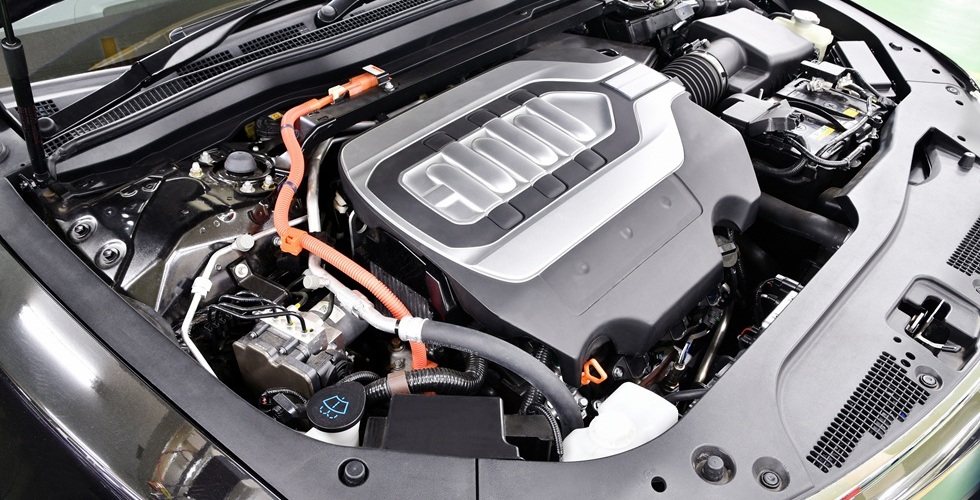
●Development of temperature controller for semiconductor lithography equipment (enclosure concept, basic design)
●Circuit design for semiconductor lithography equipment, Development of image processing systems
●Analysis of basic performance of fuel cells
●R&D of hydrogen safety
●R&D of next-generation fuel cells

●Development of parking assist system (e.g., automatic braking, accelerator control)
●Development of lane keeping assist (e.g., steering assistance)
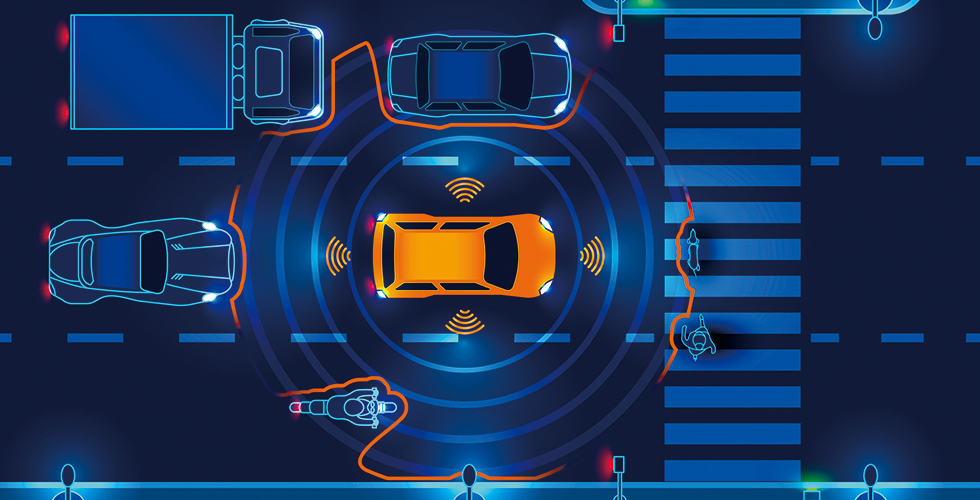
●Design of vehicle bodies and door
●Quality inspection of auto parts
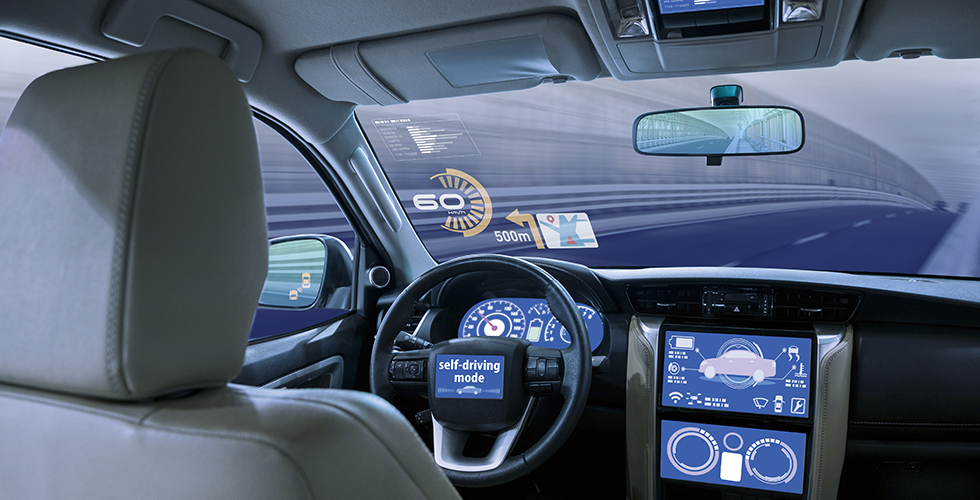
● Prototyping, evaluation, and analysis of smartphone circuit boards
●Development of AV equipment
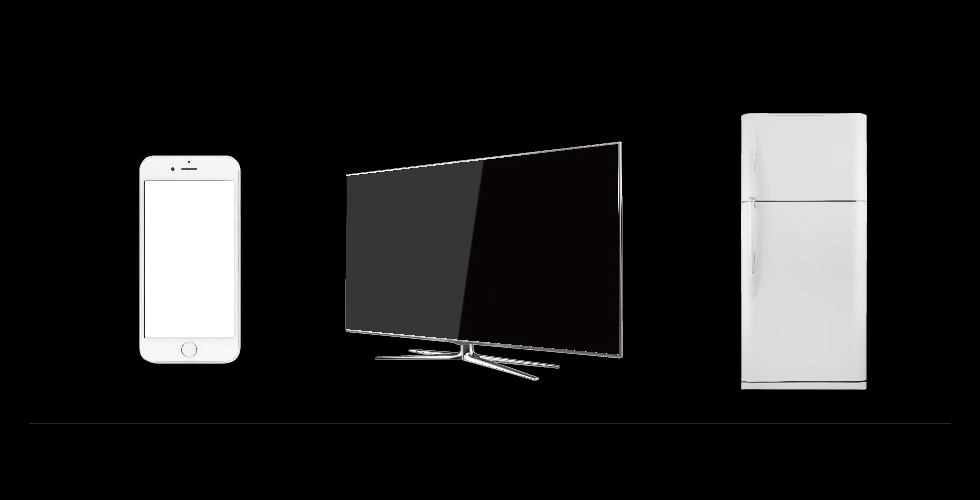
●Electrical circuit design for medical devices
●EMC evaluation of X-ray diagnostic equipment

At our extensive in-house training facilities, new electronic engineers receive two levels of specialized training: basic training and customized training (practical training).
The trainees will be retrained from scratch, reviewing what they learned in school.
This practical training curriculum involves focusing on how to apply the knowledge learned in school to actual development work.
This training focuses on specific client company operations to provide process-based education that matches the needs of each workplace. The trainees will acquire a wide range of necessary technical skills, from basic to application.
Training curriculum